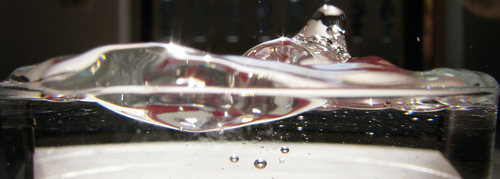The 50% Solution; Or, The Glass Is Entirely Full

Wired has a nice piece on the successes of for-profit development. You can argue back and forth on the place of international NGOs for development vs. corporate market-based solutions - but I'm not going to. Instead, I'm going to pull out a great quote:
The trick is balancing affordability and quality. In a Harvard Business Review article last year, Govindarajan, together with Tuck colleague Chris Trimble and General Electric CEO Jeffrey Immelt, wrote that people in emerging markets “are more than happy with high-tech solutions that deliver decent performance at an ultralow cost—a 50 percent solution at a 15 percent price.” That’s not a green light for lame products, though. As in any market, what’s being sold has to fill an unmet need. The poor may be poor, but they’re not stupid.
As a non-profit NDI isn't in business to try and make a fortune, so we have the luxury of not being concerned about finding the profit maximizing, market-clearing price for our wares. The 50% solution can still be the right approach, though. Alternatively, you could call it the KISS principle (no, not this KISS) - keep it simple, stupid. Walking into a developing world context with a solution built for, say, a Fortune 500 corporation is likely to be waaaay more sophisticated than needed - and that is not a good thing. Increased complexity requires more training, more computer experience, more hardware, and more power; is more brittle, likely to have bugs, vulnerable to security holes. And so on. That's where setting the right level of appropriate tech comes into play. For all these reasons, giving it your half can be way better than giving it your all. Photo courtesy of Chacka^2's photostream.
